Best spotting scopes in 2025 for birdwatching and wildlife observation
Spot birds and observe wildlife with extra detail with a spotting scope — these are our favorite models for Black Friday.
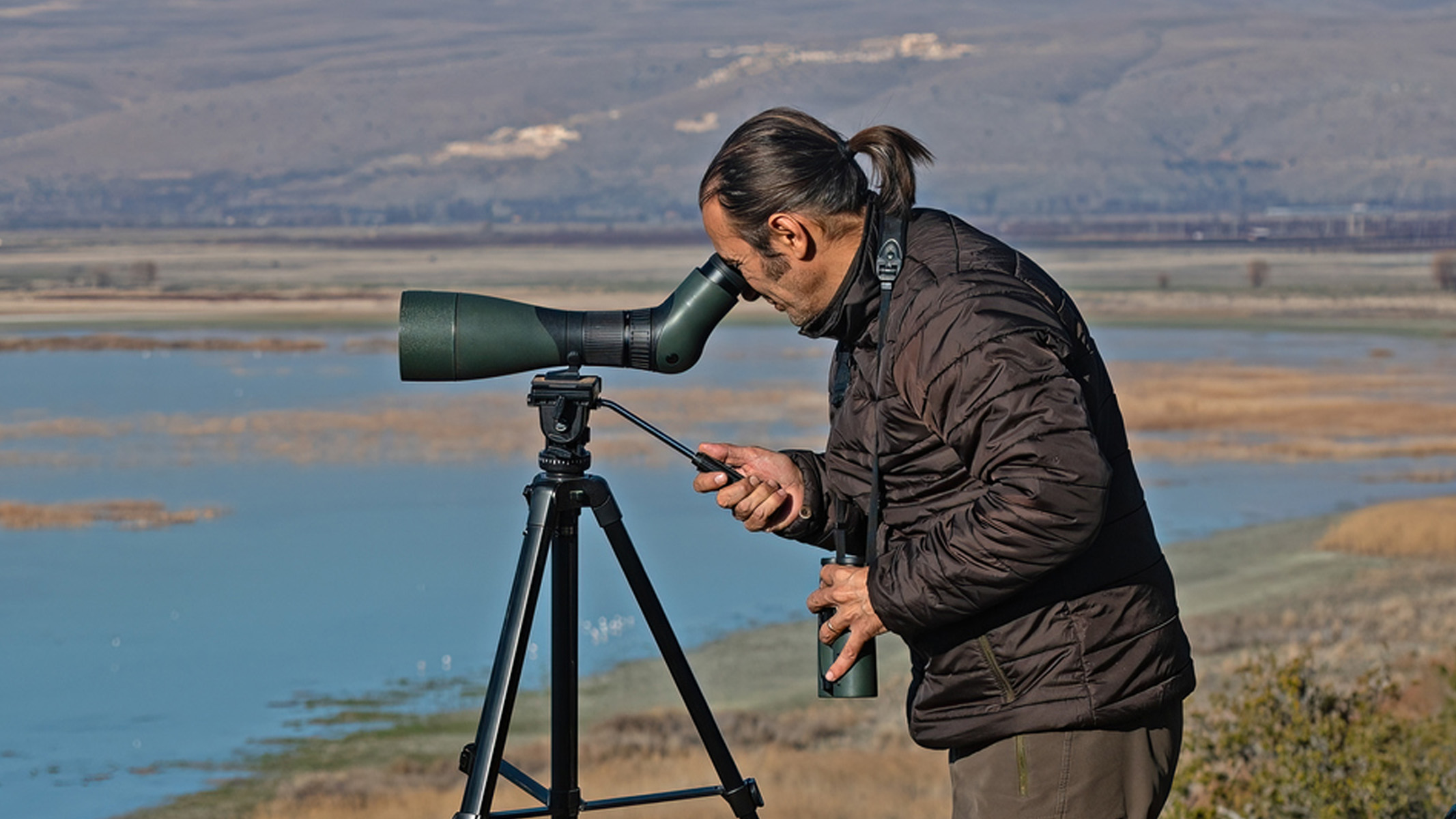
The best spotting scopes are small optical instruments, usually used by birdwatchers and wildlife observers. They usually have a little more magnification power than binoculars but aren't quite as heavy and are easier to transport than one of the best telescopes.
Deciding whether a spotting scope is worthwhile hinges on your specific goals and budget. If you want to observe wildlife from afar, appreciate intricate details or enhance your ability to identify species accurately, then exploring a spotting scope could be a fantastic choice. While the best binoculars excel at helping you locate a bird amid the foliage with their wide field of view, spotting scopes truly shine when it comes to zeroing in on fine details, allowing for a more comprehensive and rewarding viewing experience.
These scopes can significantly enhance your observations, transforming a simple sighting into a rich encounter with nature. But if stargazing is more your thing, you might be more interested in one of the best small telescopes. And now that Black Friday week is here, there are tons of savings to be had.
The quick list
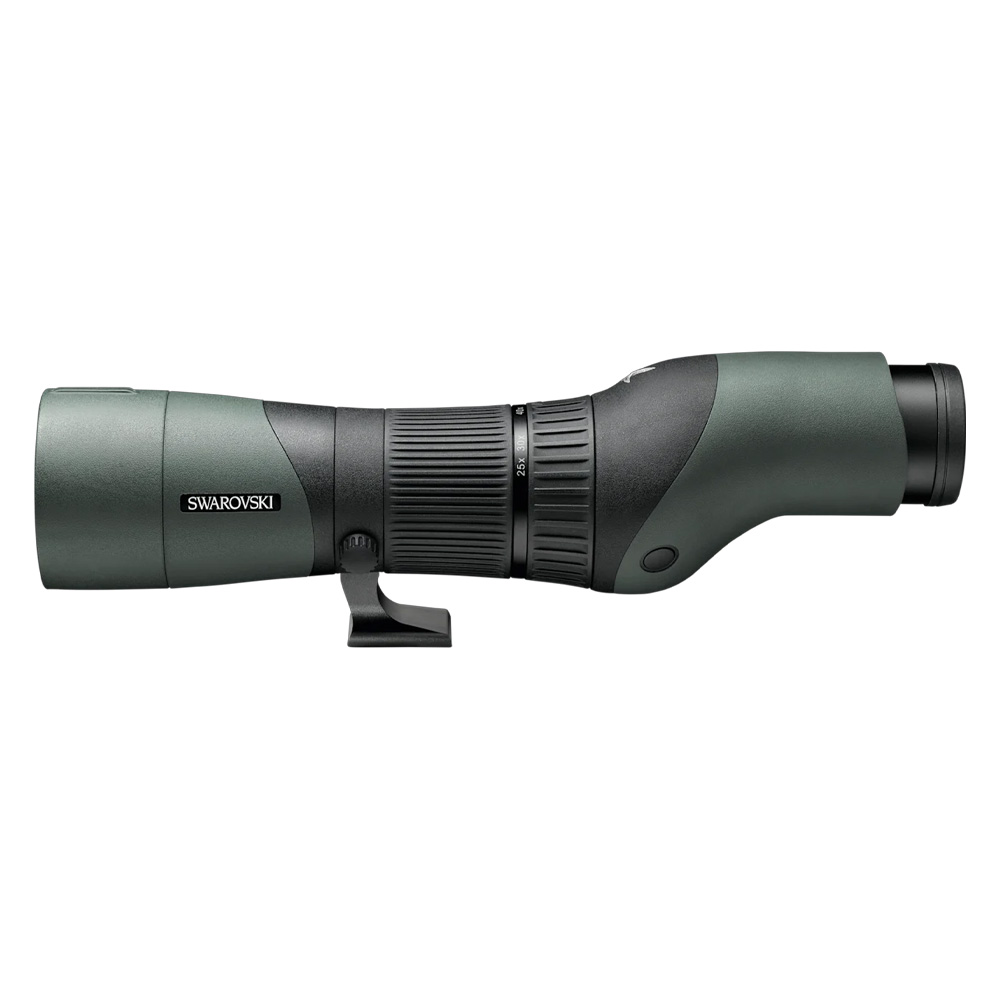
The best spotting scope overall
If top-quality glass and modular adaptability are your thing, the Swarovski is one of the best spotting scopes on the market.
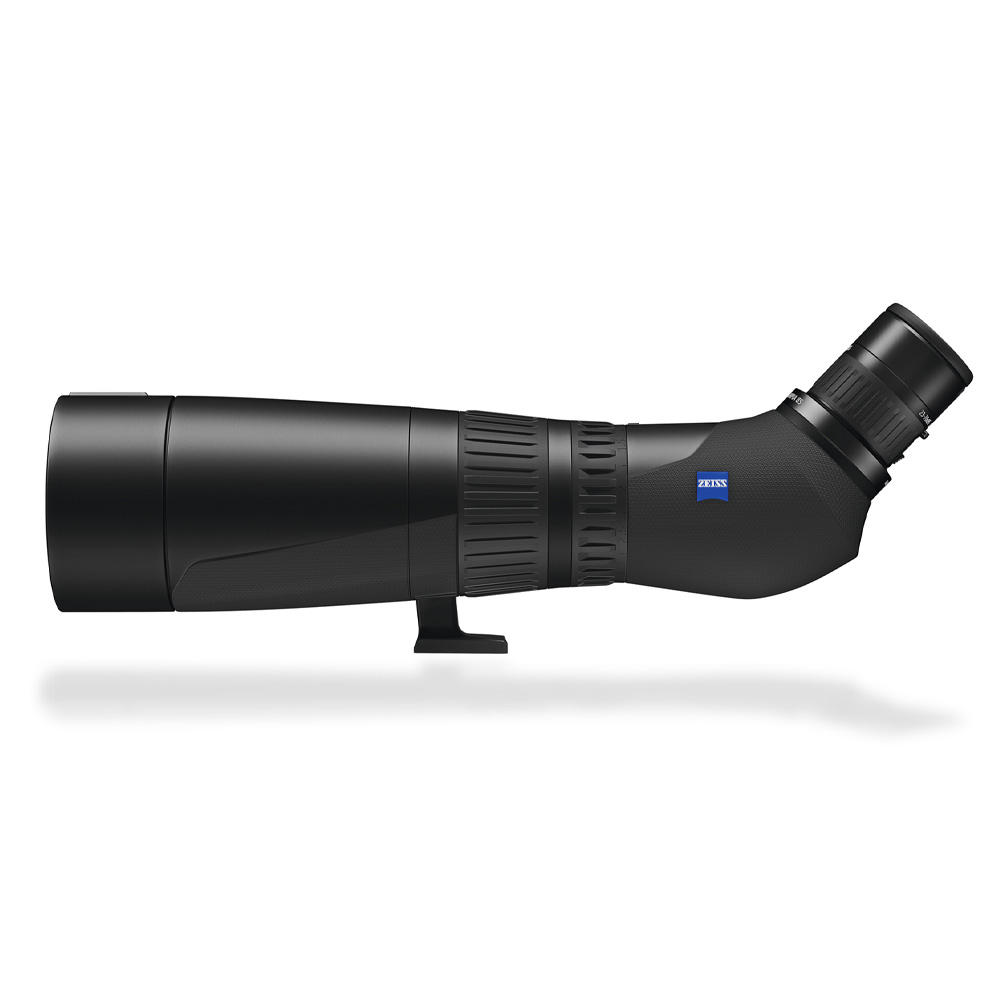
Best for low light
With an objective lens diameter of 85 mm, this spotting scope is fantastic in low light.
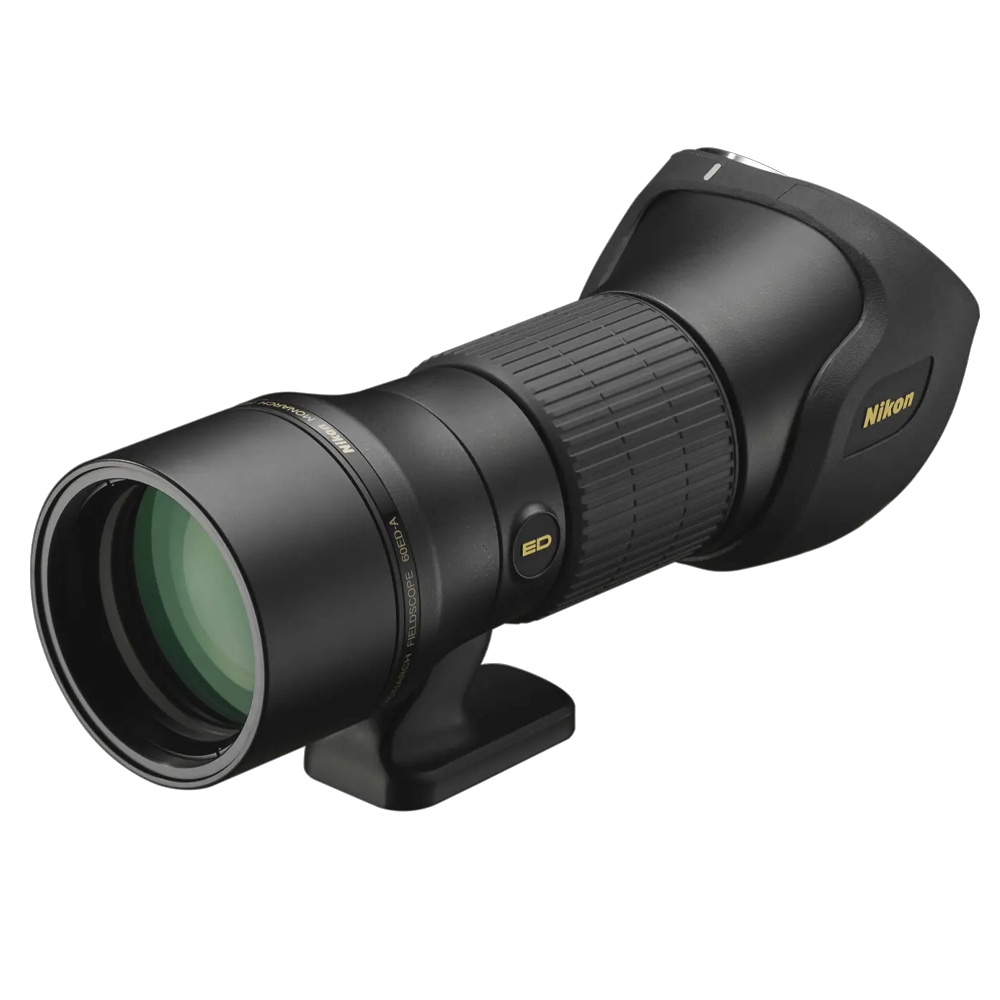
Best lightweight
With ED glass and a truly lightweight body, the Nikon Monarch Fieldscope 60ED-A comes highly recommended.
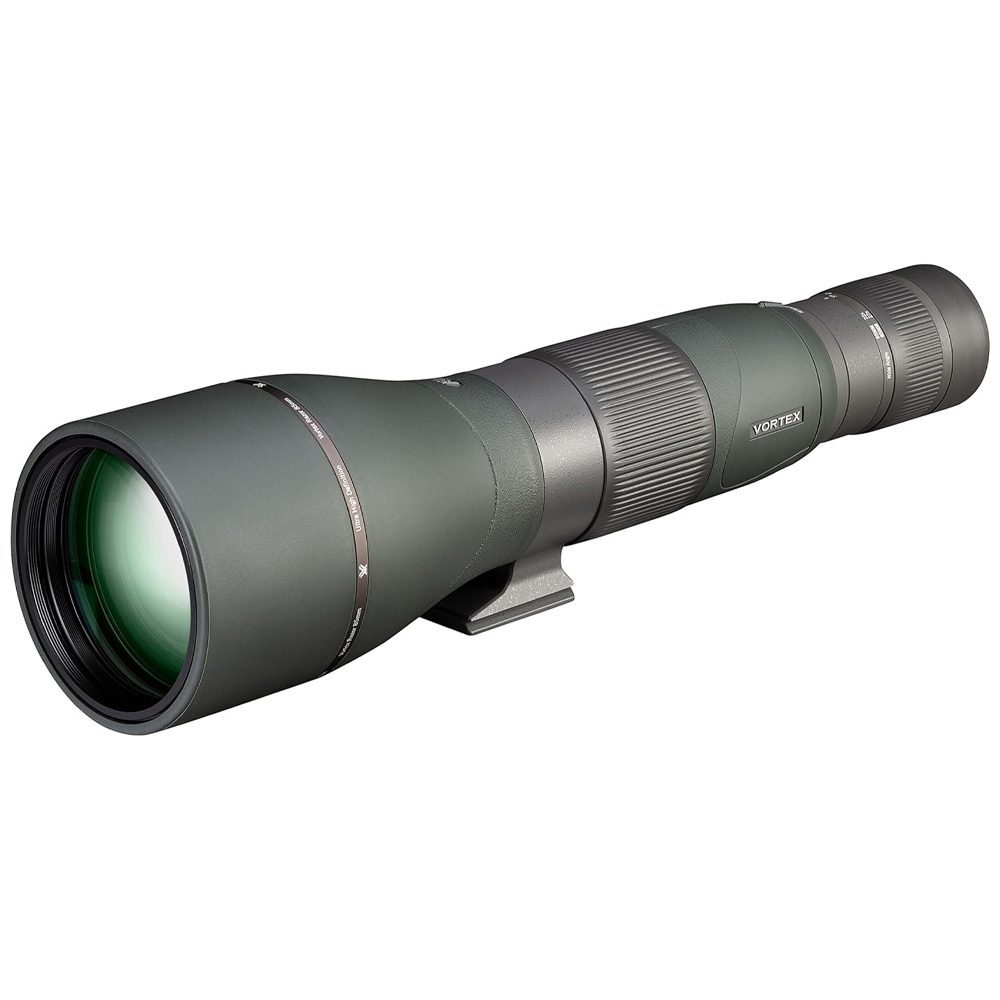
Best for digiscoping
You'll find excellent glass on the Razor HD, along with stand-out flat-field performance.
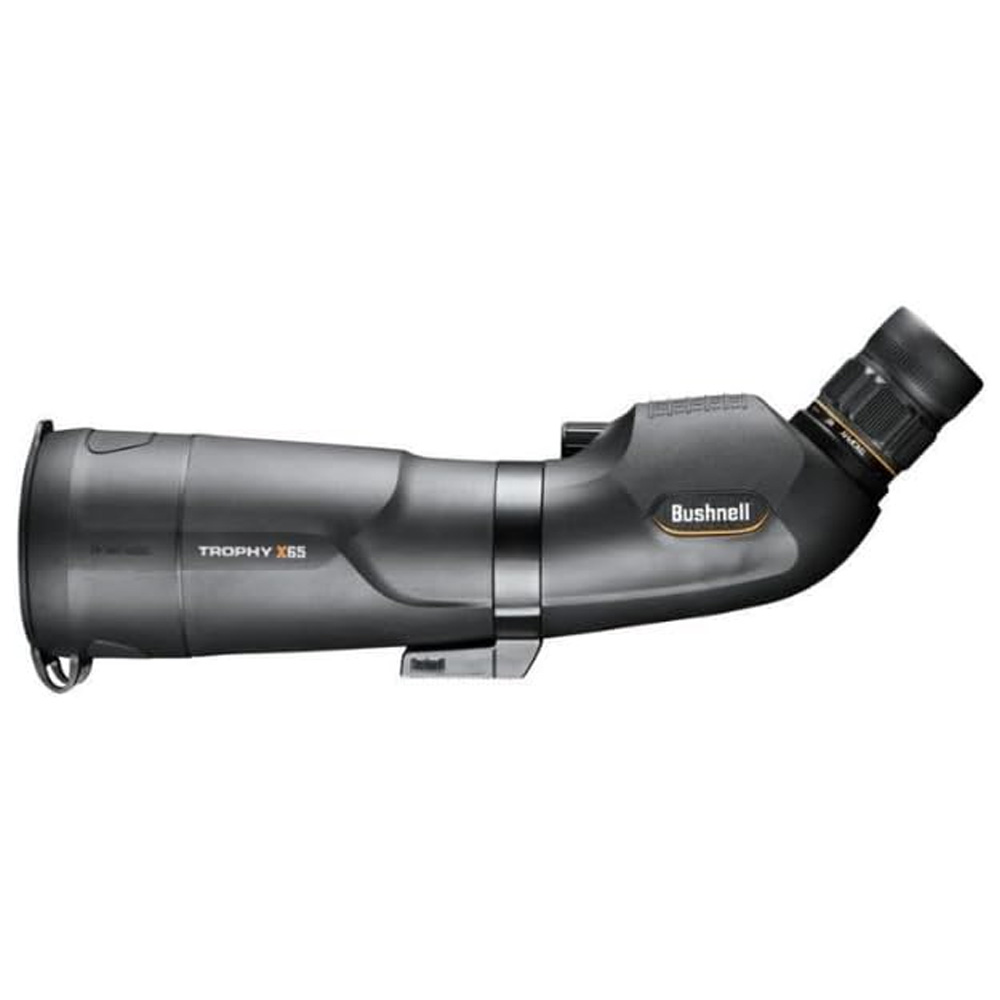
Best budget
Despite its lower price, the Trophy Xtreme still has a lot of premium features making it a worthwhile option.
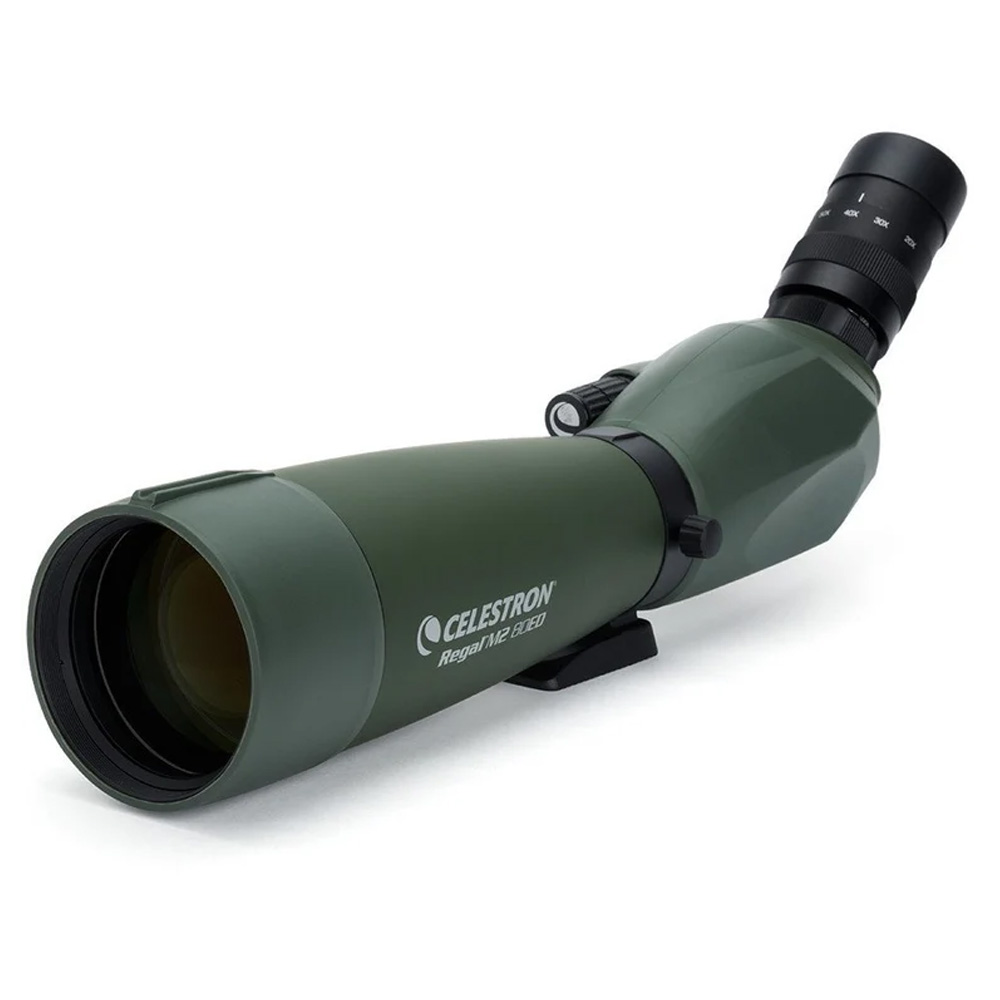
Best mid-range
Celestron is known for its telescopes and optics, and the Regal M2 80 ED stands out with its XLT coatings and ED objective lens.
The best spotting scopes for birdwatching we recommend in 2025
Why you can trust Live Science
Best spotting scope overall
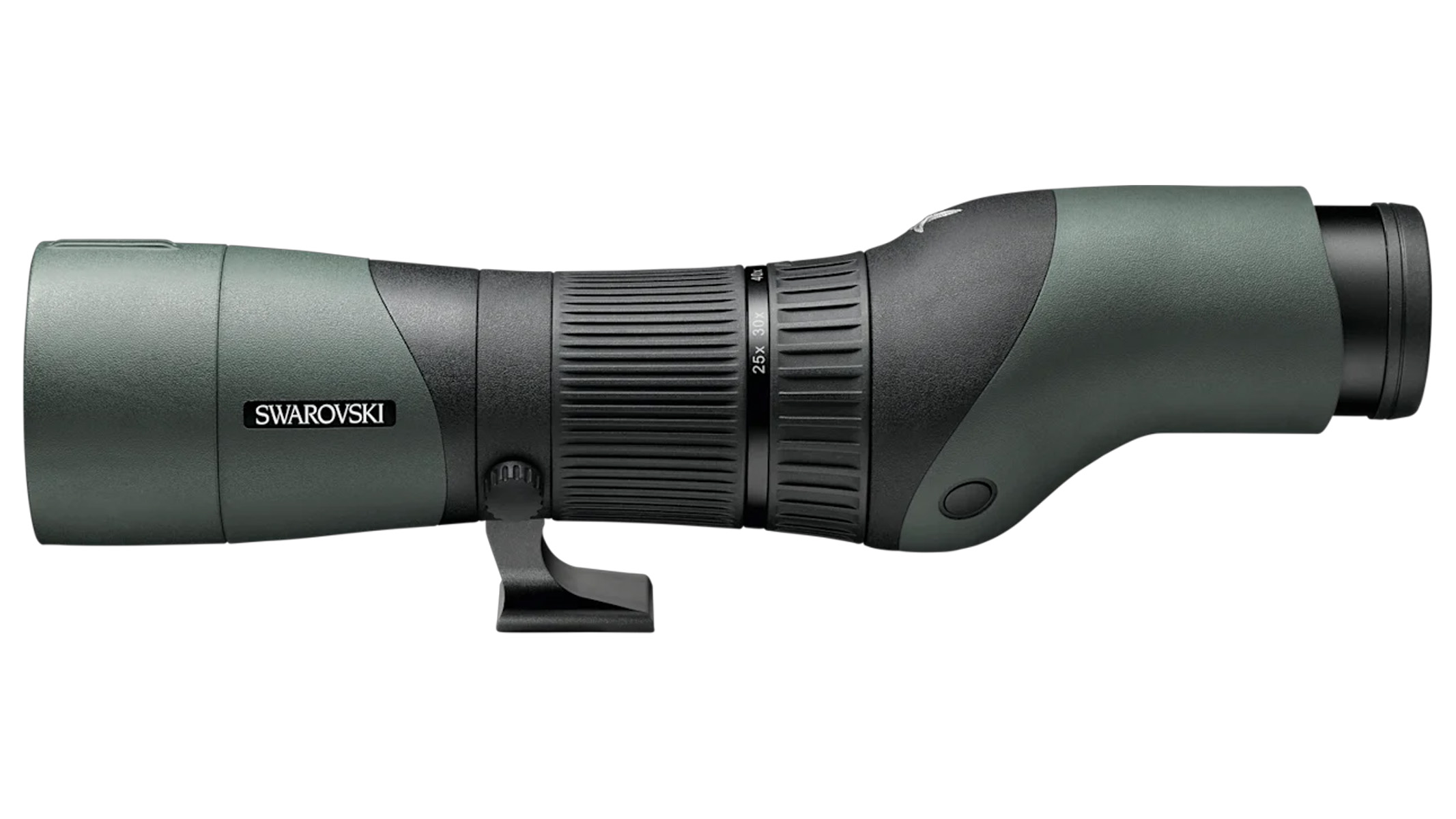
Swarovski Optik ATX/STX/BTX modular spotting scope
Our expert review:
Specifications
Reasons to buy
Reasons to avoid
✅ You like the idea of a modular system: The Swarovski Optik ATX-STX is highly adaptable.
✅ You want top-quality glass: Swarovski is known for top-of-the-range optics.
❌ You're on a tight budget: This is a very expensive spotting scope. Take a look at our budget option, the Bushnell Trophy Xtreme 20- 60x65.
❌ You want a scope that you can also use for stargazing: We've found the entry-level lens of this system to be uncomfortable for night sky observations.
🔎 Swarovski Optik ATX-STX: This is a compact and lightweight spotting scope perfect for travelers and individuals who are in the field for extended periods. It offers outstanding optical performance, a wide field of view and useful close-range focusing. ★★★★
Swarovski has introduced a new line of spotting scopes that are a game changer! After updating its binoculars, it was only a matter of time before the company revamped its spotting scopes, and the results are impressive. These new scopes are designed to completely transform what we think of as a spotting scope. One of their most exciting features is the modular design, which means you can mix and match different parts for a more personalized experience.
Instead of being stuck with one fixed design, you can combine eyepieces (ocular) and lens (objective) modules to fit your needs. The lens objective modules come in four different sizes: 65 mm, 85 mm, 95 mm or 115 mm. This advantage is significant because it lets you buy multiple lens modules suited for different situations. So, whether you need a small, portable scope for traveling or a larger, brighter one for serious outdoor viewing, you can have both and switch between them easily.
The eyepiece modules of the Swarovski ATX/STX modular scopes operate consistently across all versions, ensuring reliable performance regardless of the choice. These new spotting scopes emphasize versatility and adaptability, catering to various needs and preferences.
Our comprehensive evaluation found that the Swarovski ATX/STX models rank among the highest-quality spotting scopes currently available. These scopes are the top option for those enthusiastic about digiscoping.
However, it’s important to note that these scopes are positioned at the high end of the pricing spectrum. Despite the cost, their performance justifies the investment, as few if any alternatives can match their capabilities. The presence of these scopes in the field is already growing, a trend anticipated to continue.
Attributes | Notes |
|---|---|
Design | Premium build quality. |
Performance | Fantastic, industry-leading optics. |
Functionality | Modular system for enhanced adaptability. |
Best spotting scope for low light
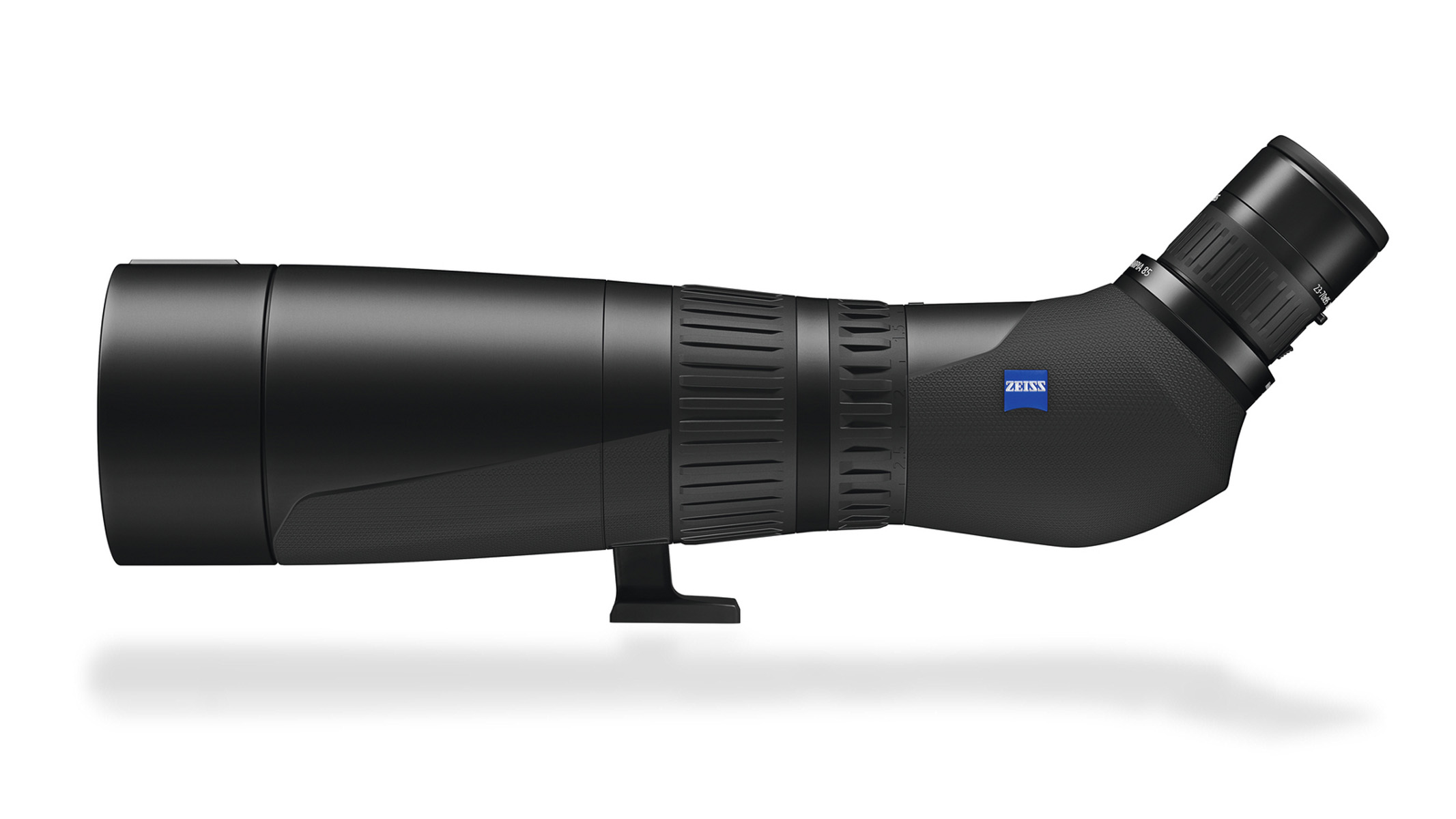
Zeiss Victory Harpia 85
Our expert review:
Specifications
Reasons to buy
Reasons to avoid
✅ You want to work in low light: The 85mm objective lens means this is a great scope to use when light is scarce.
✅ You want excellent optics: The visual quality of the Zeiss Harpia 85 is outstanding.
❌ You're on a budget: This is a very expensive scope. Perhaps consider the Bushnell Trophy Xtreme 20- 60x65 instead.
❌ You want a lightweight spotting scope: This is very heavy, so not suited for carrying for long periods of time.
🔎 Zeiss Victory Harpia 85: The Harpia is a competent high-end spotting scope with good nighttime ability thanks to its 85mm objective lens. ★★★★
The Victory Harpia is available in 95 mm and 85 mm sizes, and showcases the top-quality craftsmanship that Zeiss is known for with its Victory line of products, which are made in Germany.
The Harpia is designed with special glass elements that significantly improve the clarity and performance of the images it produces. This means you can see distant objects in stunning detail. Plus, it can focus on really close subjects, allowing you to observe even the most minor details. It also offers a wide view, helping you stay aware of your surroundings, no matter the zoom level.
It’s worth noting that the advanced technology in the Harpia comes with a higher price tag: the eyepiece alone costs more than many mid-range scopes. The Zeiss Gavia, though, is aimed at the mid-range market and is produced in Japan, making it an excellent choice for those looking for high-quality optics at a more affordable price. Other brands also offer similar products for a comparable price, although they may not have the same reputation as Zeiss.
One unique feature of the Harpia is its zoom control, which is built into the main body of the scope rather than the eyepiece. This means that one eyepiece works for both the 85 mm and 95 mm models. This design makes it easier to use and adds versatility to the scope.
The Harpia has a marvellously wide field of view. It’s a massive 69.1 yards (63.2 m) at 1,093 yards (1,000 m) at the lowest (22x) magnification, which would appear to be unparalleled by any other birding scope. At 65x, it’s still an impressive 22.9 yards (21 m) at 1,093 yards (1,000 m).
Given the vast field of view, some curvature or a loss of sharpness at the edges of the image might be expected. However, the view here remains sharp across the entire width of its field, even at the top of the magnification range.
Attributes | Notes |
|---|---|
Design | Zoom control is built into main body. |
Performance | Pin-sharp optics with excellent low-light ability. |
Functionality | Wide field of view across entire focus range. |
Best lightweight spotting scope
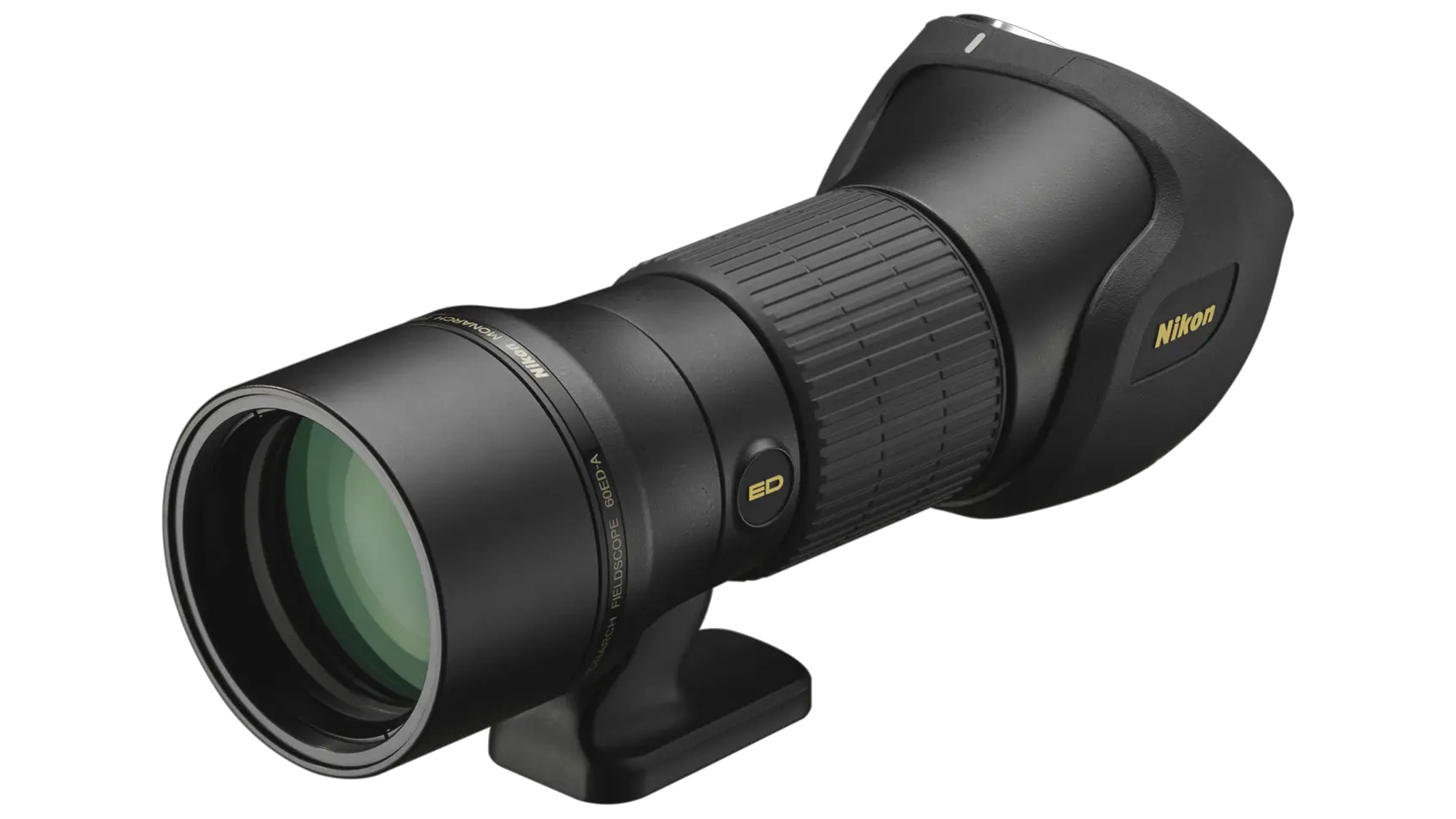
Nikon Monarch Fieldscope 60ED-A
Our expert review:
Specifications
Reasons to buy
Reasons to avoid
✅ You want excellent optics: The high standard we expect from Nikon is apparent here.
✅ You want something fairly lightweight: This is a lightest spotting scope than most, making it easy to carry around.
❌ You need full weather sealing: The body has weather sealing, but the eyepieces do not.
🔎 Nikon Monarch Fieldscope 60ED-A: An outstanding choice for nature enthusiasts. Its sophisticated optical system includes apochromatic and extra-low dispersion, which work together to significantly reduce color fringing, ensuring that images are clear and remarkably vibrant. ★★★★
The Nikon Monarch Fieldscope 60ED-A is extremely versatile, weighing just .75lbs (1.25kg). At that weight, it's possible to carry the unit for quite some distance before tiring, and it's also more pleasant to handle.
Even in challenging lighting conditions, such as early morning or late afternoon, this scope delivers bright, high-contrast images, allowing you to appreciate fine details. It effectively corrects chromatic aberration across the entire color spectrum — red, blue, green and even violet — accurately representing what you see.
Furthermore, the innovative lens design includes a field-flattening feature that guarantees consistent sharpness throughout the entire image, eliminating any blurriness that might occur at the edges. This attention to detail makes the Nikon Monarch Fieldscope 60ED-A reliable for nature walks or even nighttime observations.
Nikon's Advanced Apochromat Optical System, combined with Extra-low Dispersion (ED) glass in the Monarch ED Fieldscopes, significantly mitigates chromatic aberration — commonly referred to as color fringing — by ensuring that different light wavelengths are refracted uniformly through the lens assembly. This optical design yields images with enhanced vibrancy and fidelity, maintaining superior contrast and sharpness even under suboptimal lighting conditions.
Additionally, Nikon’s Optimized Focusing System introduces a sophisticated approach to focus dynamics, based on the target distance. This “variable speed focusing” mechanism requires familiarity to fully exploit its potential, as the focusing response is calibrated to the target's range. The focus adjustment rates can be categorized as follows: rapid and coarse adjustments for distant objects, progressively slower and finer adjustments for mid-range subjects, and the slowest, most precise adjustments for nearby targets. Mastery of this system can lead to greater control over focusing techniques in varying observational scenarios.
The Monarch Fieldscope is an excellent choice for those seeking a high-performance, lightweight spotting scope that remains competitively priced. Among the myriad options on the market, this model distinguishes itself in terms of optical clarity and build quality within its price bracket. For those in the market for a full-sized spotting scope that offers robust specifications without excessive expenditure, the Monarch Fieldscope presents a compelling option that’s well worth evaluating.
Attributes | Notes |
|---|---|
Design | Optimized focusing speeds for excellent one-handed operation. |
Performance | Excellent quality optics. |
Functionality | Waterproof scope but not eyepiece. |
Best spotting scope for digiscoping
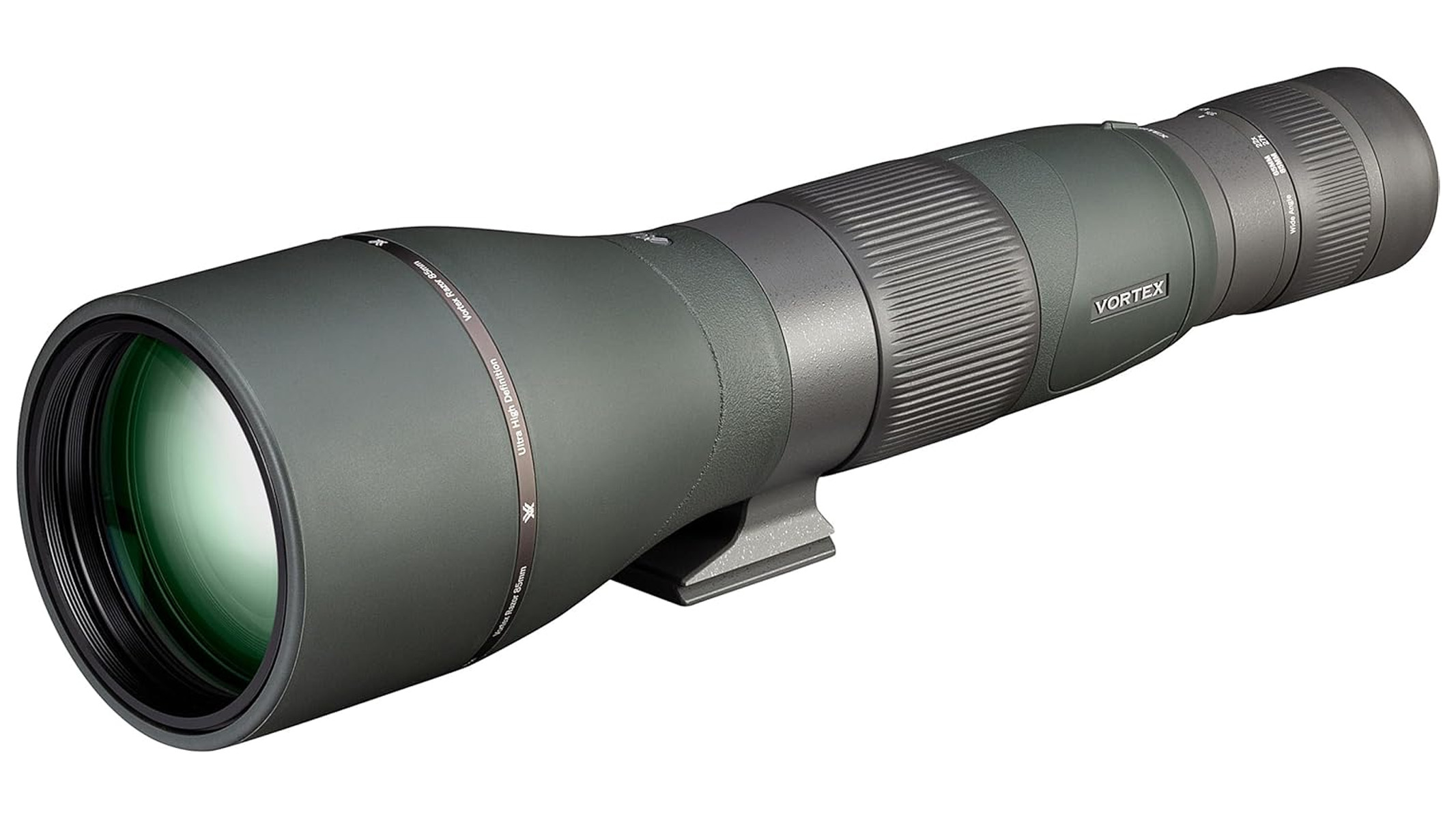
Vortex Razor HD 27-60x85
Our expert review:
Specifications
Reasons to buy
Reasons to avoid
✅ You want excellent flat-field performance: The optics are fantastic for flat-field views.
✅ You're upgrading from the Vortex Viper range: There's a noticeable step-up in quality here.
❌ You want interchangeable eyepieces: Perhaps consider the Nikon Monarch Fieldscope 60ED-A if you want to be able to change eyepieces.
❌ You need perfect images at a high magnification: We've found that the image quality degrades at higher magnifications.
🔎 Vortex Razor HD 27-60x85: With its ED glass and an objective lens diameter of 85 mm, the Vortex is an excellent choice for digiscoping as it can capture light accurately with good detail. ★★★★★
Vortex is an American company known for making good quality, easy-to-use products. The Vortex Razor HD 27-60×85 is a stylish and modern spotting scope. It looks great and has a strong build, matching its higher price. Despite being a full-size scope with an 85 mm lens, it is surprisingly compact and helpful for watching wildlife and birds. Premium materials, a modern design aesthetic and high-quality materials combine to make the Razor HD 27-60×85 feel about as premium as a spotting scope gets.
The Vortex Razor HD is a spotting scope that’s less than 16 inches (40 centimeters) long and weighs a smidgeon over 4 lbs ( just under 2kg). This size is small for a scope with a large lens, which makes it easy to carry and use in the field. Because it is lighter, you can use a not-too-heavy tripod and still see things. This is helpful when looking at wildlife or birds in places you must walk to, as the tripod is usually the most complex equipment. Being able to use a smaller and lighter tripod is a significant advantage. This light weight makes it suitable for digiscoping with its 85 mm objective lens and HD-coated glass.
Vortex Optics has crafted an exceptional offering with the Razor HD 27-60×85 HD spotting scope. This compact, premium-grade optic provides performance that is up there with much more expensive rivals. It includes a high-quality, wide-angle zoom eyepiece and a stay-on case, all at a considerably lower price point than similar packages from competitors.
The combination of outstanding optical clarity, robust build quality and practical accessories makes it a highly appealing option for discerning users.
Attributes | Notes |
|---|---|
Design | Lightweight and compact. |
Performance | High quality glass offers excellent performance. |
Functionality | Performs excellent in low-light conditions. |
Best budget spotting scope
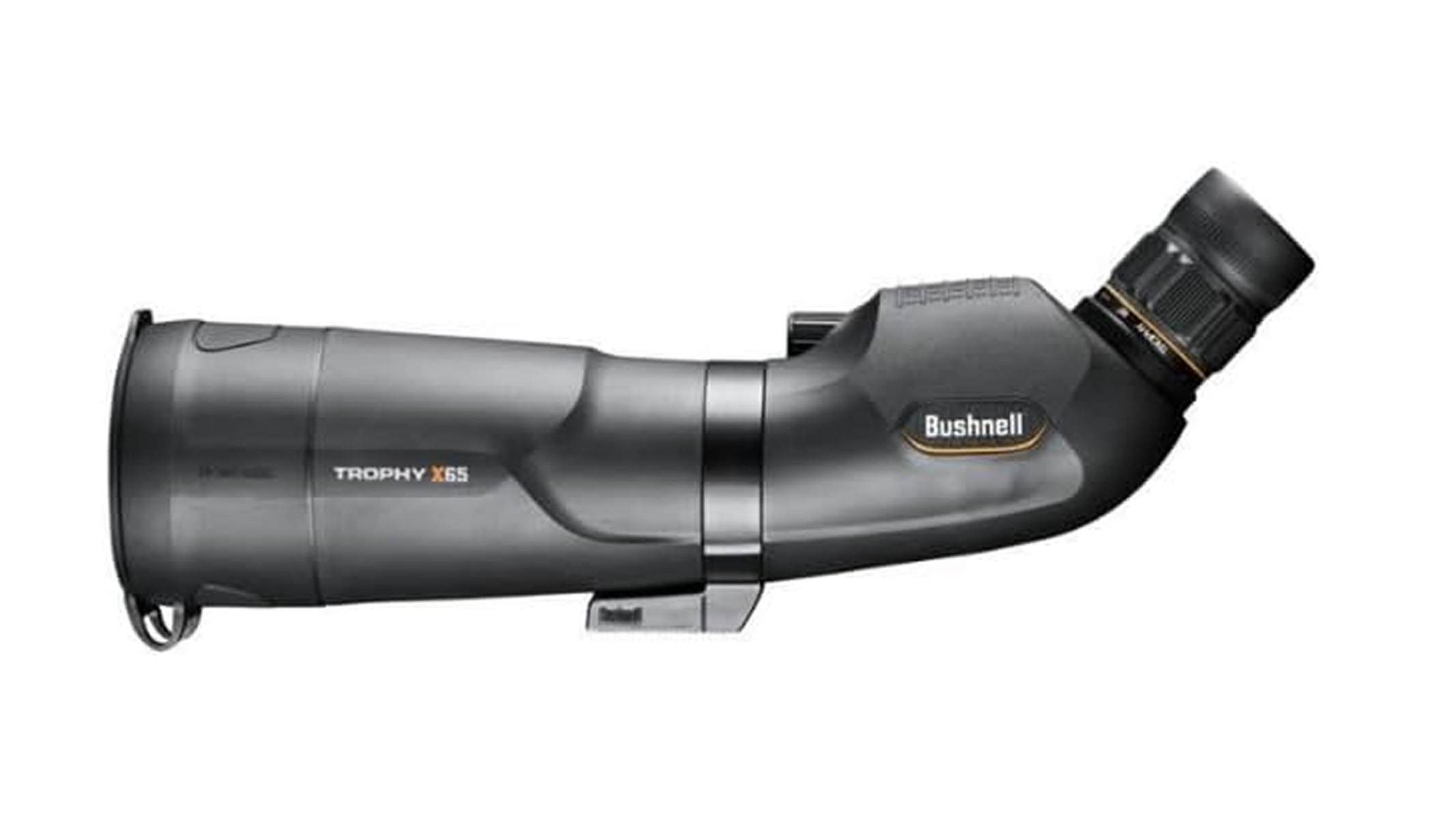
Bushnell Trophy Xtreme 20-60x65
Our expert review:
Specifications
Reasons to buy
Reasons to avoid
✅ You have a limited budget: This is an excellent spotting scope given its low price.
✅ You want a rugged, lightweight scope: This is a great lightweight option that still feels hardwearing.
❌ You want the absolute best optical quality: This is a budget scope for a reason, and its optics are good but they're not market-leading. Take a look at the Swarovski Optik ATX-STX if you want the absolute best.
🔎 Bushnell Trophy Xtreme 20-60x65: This is a great spotting scope for the price, offering decent optics in a lightweight, hardwearing body. ★★★★
This Bushnell spotting scope is equipped with high-quality lenses that are coated to improve visibility and prevent fogging in any weather. It’s designed to be waterproof, meaning it can handle being submerged in water up to 3 feet (1 m) deep for about half an hour without letting moisture in. This makes it ideal for use in all kinds of environments.
Additionally, the scope uses advanced glass and prisms that reduce color distortions, which helps provide a more transparent and brighter image. Overall, this spotting scope offers features that serious outdoor enthusiasts will appreciate.
This scope is designed primarily for distant observation, making its closest focus distance of 20 feet (6.1 m) relatively inconsequential for tracking subjects that may approach. It offers a generous eye relief of 0.7 inches (18 mm) and features a twist-up eyecup that can be retracted for use with glasses, or extended for users without eyewear.
To mitigate lens flare in brighter environments, the scope is equipped with a built-in pull-out sunshade at the barrel's ocular end. This sunshade is integrated into the design, eliminating the risk of losing separate accessories that are prone to misplacement.
The Bushnell Trophy Xtreme 20- 60x65 is a spotting scope that's light enough to use without a tripod, although it’s pretty large and sturdy. However, a tripod makes it much more comfortable for extended viewing sessions. It’s a well-built and easy-to-use device. While its optical clarity might not be as sharp as pricier options from brands like Leica or Zeiss, many people will appreciate the savings this scope represents. Plus, you can feel secure buying the Bushnell Trophy Xtreme because it comes with a lifetime warranty. It also includes a tripod, which is a nice user bonus.
Attributes | Notes |
|---|---|
Design | Rugged waterproof exterior. |
Performance | Great performance in all conditions given its price. |
Functionality | Includes a sunshade and a tripod. |
Best mid-range spotting scope
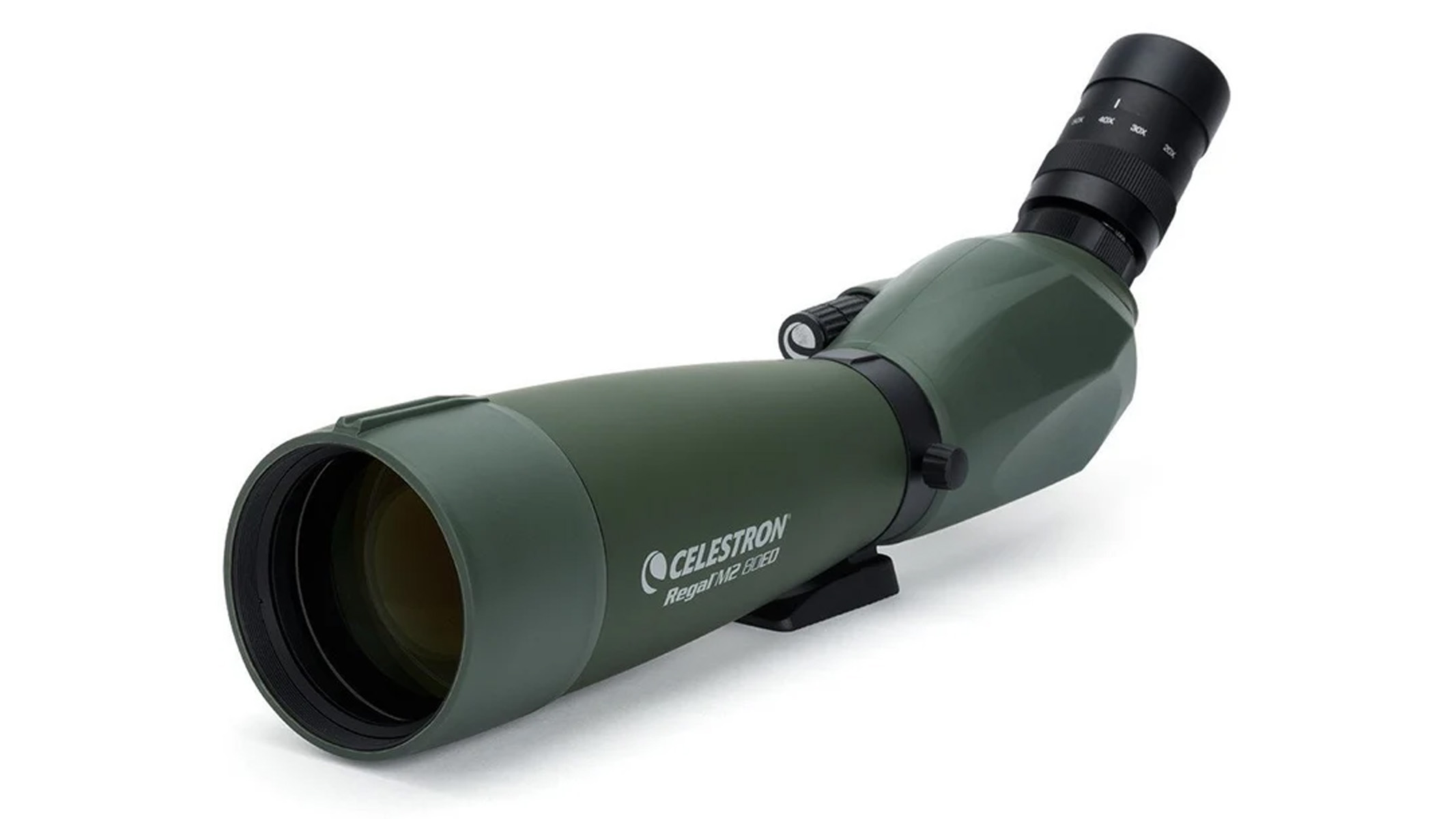
Celestron Regal M2 80ED
Our expert review:
Specifications
Reasons to buy
Reasons to avoid
✅ A large objective lens is essential: The 80mm objective lens is great for letting in a lot of light.
✅ You want something easy to set up: We've found this spotting scope to be very easy to set up and use.
❌ You need something you can mount: There's no telescope mount or tripod included here.
❌ You're left-handed: We think lefties might find the recessed focus ring a little awkward to use.
🔎 Celestron Regal M2 80 ED: BaK-4 prisms and fully multicoated high-quality lenses make the Regal M2 spotting scope a solid mid-range performer. ★★★★
The Celestron Regal occupies a competitive niche in the mid-range telescope market, distinguished by its superior optical coatings, robust construction and user-friendly design. While not a budget option, it offers comprehensive features that appeal to amateur astronomers and wildlife enthusiasts alike.
When mounted on a tripod, the Regal performs adequately for casual astrophotography and skywatching, particularly for observing lunar features and star clusters and daytime birding. However, while it handles these applications reasonably well, it does not excel in any particular area. Users seeking higher performance must invest in more advanced optics to mitigate issues such as edge-of-field image softening at longer focal lengths and chromatic aberration at the field's periphery.
The M2 scope features a competitive field of view, measuring 121 feet (37 m) at 1,000 yards (1,000 m). At lower magnifications, image clarity remains sharp across the entire field; however, sharpness diminishes notably at magnifications of 45x and above. This decline in resolution persists despite the dual-focusing system.
While the curvature of the field is mainly minimal, chromatic aberration becomes evident along the edges. It extends toward the center, suggesting that introducing ED glass could have mitigated this optical distortion. On a positive note, the scope delivers a warm color rendition, with vibrant and lifelike hues complemented by solid contrast, contributing to its overall performance.
Attributes | Notes |
|---|---|
Design | Lightweight and easy to use. |
Performance | High-quality coatings on prisms and objective lens. |
Functionality | Waterproof and nitrogen-purged. |
Best spotting scopes for bird watching: Comparison
Product type | Magnification | Objective lens diameter | Field of view at 1,000 meters | Minimum focusing distance | Eye relief | Weather sealing | Weight |
Swarovski Optik ATX-STX | 25x | 65mm | 41-23m | 2.1m | 20mm | 13ft water depth | 3.6lbs |
Zeiss Harpia 85 | 22x to 65x | 85mm | 632-21m | 3.6m | 13mm | 400 mbar | 4.26lbs |
Nikon Monarch Fieldscope 60ED-A | 20x to 60x | 30mm | 33.8m | 4.8m | Depends on eyepiece | Scope is weather sealed, not eyepiece | 2.75lbs |
Vortex Razor HD 27-60x85 | 27x to 60x | 85mm | 68m | 5m | 16.7-17mm | Gas-purged and O-ring sealed | 4.1lbs |
Bushnell Trophy Xtreme 20-60x65 | 20x to 60x | 65mm | 50m at 20x | 6.1m | 18mm | IPX7 waterproofing | 2.37lbs |
Celestron Regal M2 80ED | 20x to 60x | 80mm | 37-17m | 6.5m | 20mm | Waterproof | 4.2lbs |
Best spotting scopes for bird watching: Frequently Asked Questions
What is the best spotting scope for bird watching?
We named the Swarovski Optik ATX-STX as the best overall spotting scope. It has a modular system of lenses, which are all extremely good quality, making the system adaptable to a wide range of uses.
What spotting scopes do the military use?
One of the spotting scopes used by military snipers is the M151 Sniper Spotting Scope system. It has a 12-40x magnification and 60mm objective lens diameter.
What magnification is best for a spotting scope?
The higher the magnification of a spotting scope, the further you'll be able to see. We find that 20x is a good start, but you might find 60x or higher is more adequate for your needs.
How far can a 30x spotting scope see?
Exactly how far you can see will depend on the conditions. On a clear day, a 30x spotting scope will let you spot a bird that's roughly 800 meters away. With the naked eye, you'd only be able to see it from around 150 meters.
What is better, a straight or angled spotting scope?
We think that straight spotting scopes are more intuitive for beginners: Looking straight-on is often easier to get used to, and they're easier to find your target with. An angled scope requires you to bend more to see through the eyepiece. However, angled scopes are beneficial if you plan to share views through a spotting scope with multiple users, as they're easier for multiple people of different heights to comfortably look through.
What's the cheapest spotting scope?
Cheaper spotting scopes do exist, but weighing up price versus quality, we think the Bushnell Trophy Xtreme 20-60x65 is one of the best budget spotting scopes on the market.
Do you need to use a tripod with a spotting scope?
You don't need to, but given the high magnification of most spotting scopes, you'll get a much more stable, judder-free image if you use your scope mounted to a tripod.
Can you use a spotting scope for astronomy?
Yes, but they're typically not as good at stargazing as telescopes. Make sure you choose a spotting scope with a large objective lens so it will let in as much light as possible.
Are spotting scopes better than binoculars?
Binoculars typically give a wider field of view, but have a much lower magnification than spotting scopes. If you want to see further and hone in on specific detail, a spotting scope is better. If you want to pan wider areas and take in more of the environment, we'd recommend binoculars.
Is the Swarovski Optik ATX-STX modular spotting scope worth the money?
Swarovski optics are very expensive, but there's a very good reason: they have some of the best optical quality of any other optics — whether binoculars, spotting scopes or something else — available on the market. If you really want the very best, then yes, we think the Swarovski Optic ATX-STX is worth the money.
Latest updates
This is a brand new article. Future updates to this guide will be detailed here.
How we tested the best spotting scopes

When selecting and testing the best spotting scopes, we focus on the features that matter most to outdoor users, including birding and wildlife observation. We prioritize models known for delivering excellent optical quality, with high-quality glass, wide magnification ranges and strong low-light performance.
Build quality is also a key factor — waterproofing, fog-proof construction and rugged body materials are essential for gear that needs to perform in all weather and potentially harsh environments. We consider their ease of use, including the effectiveness of the focus mechanisms, zoom controls and whether the scope is available in angled or straight body designs to suit different viewing preferences.
Get the world’s most fascinating discoveries delivered straight to your inbox.
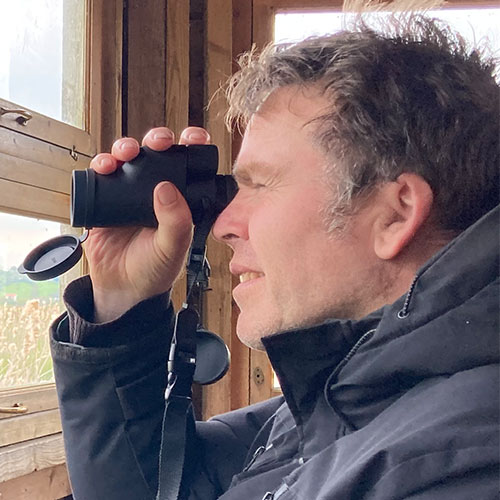
Matt Morris is a keen astronomer, wildlife watcher and photographer living in Somerset, UK. He started stargazing and birdwatching at the age of 10 with his father who took him to bird hides and nature reserves around England. This sparked his interest in cameras and optics, a passion that has now spanned the better part of four decades and led to his being featured in several national photography magazines for competition-winning photos. Matt has had deteriorating eyesight in one eye over the last few years due to being Type-1 Diabetic. This has led him to develop a special interest in optics, spurring his passion for bird watching and wildlife spotting.
- Jase Parnell-BrookesManaging Editor, e-commerce
